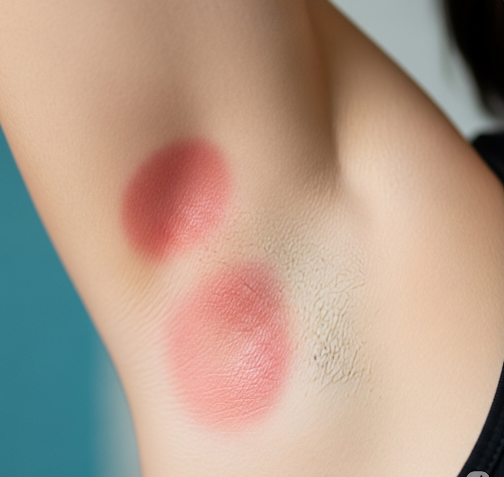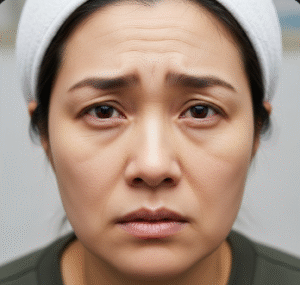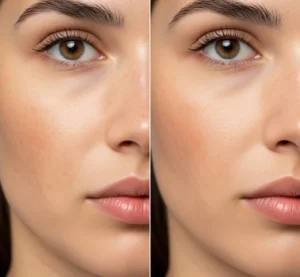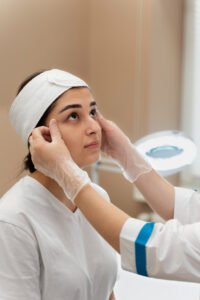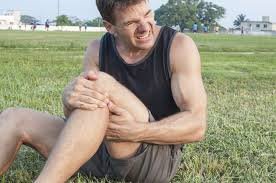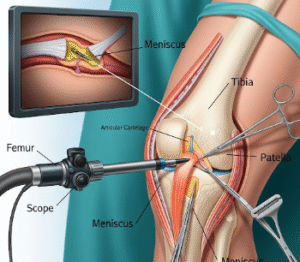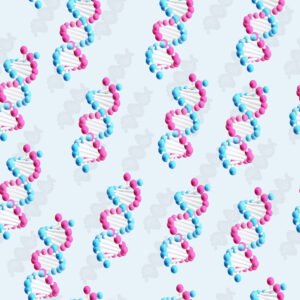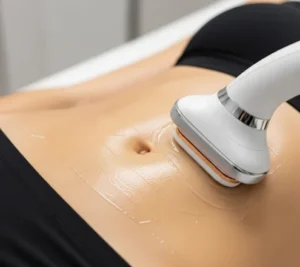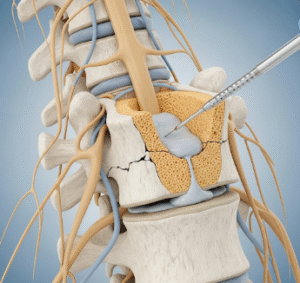Overview
Inverse psoriasis, also known as flexural psoriasis or intertriginous psoriasis, is a distinct form of psoriasis that affects skin folds and creases such as the armpits, groin, under the breasts, and around the genitals and buttocks. Unlike the more common plaque psoriasis that causes thick, scaly patches, inverse psoriasis presents with smooth, shiny, and bright red inflamed areas due to constant moisture and friction in these regions. This type of psoriasis can cause significant discomfort and is often misdiagnosed because its appearance differs from typical psoriasis. In Korea, awareness, precise diagnosis, and targeted treatments have improved management outcomes for patients with inverse psoriasis.
What is Inverse Psoriasis?
Inverse psoriasis is a chronic, inflammatory skin condition characterized by red, shiny, smooth, and well-demarcated patches located primarily in skin folds. The affected areas are typically moist and lack the thick silvery scales seen in plaque psoriasis, largely because the humid environment of skin folds prevents scaling.
This form of psoriasis results from the immune system mistakenly attacking skin cells, leading to accelerated skin cell turnover and inflammation in these sensitive areas. The constant friction and moisture in folds exacerbate symptoms and contribute to skin irritation and secondary infections.
Symptoms
Inverse psoriasis manifests differently compared to other psoriasis types, with symptoms often including:
- Bright red, inflamed, and shiny patches of skin in areas such as the armpits, groin, under breasts, around genitals, and in the crease between the buttocks.
- Smooth, moist, and sometimes weeping lesions without thick scales.
- Intense itching, burning, or soreness, worsened by sweating and friction.
- Cracking or fissuring of the skin in severe cases.
- Secondary infections (bacterial or fungal) due to damaged skin and moisture.
Causes
Inverse psoriasis shares the same underlying causes as other psoriasis types:
- Immune system dysfunction: An abnormal immune response causes inflammation and rapid turnover of skin cells.
- Genetic predisposition: Family history plays a role in susceptibility.
- Triggers: Skin trauma, infections, stress, certain medications, and environmental factors can initiate or worsen symptoms.
- Friction and moisture: Unique to inverse psoriasis, these aggravate inflammation in skin folds.
Risk Factors
- Family history of psoriasis or autoimmune diseases.
- Obesity: Skin folds are more prominent, increasing friction and moisture.
- Diabetes: Increases risk of skin infections complicating psoriasis.
- Warm, humid climates: Promote sweating and moisture buildup.
- Mechanical irritation: Tight clothing, shaving, or sweating can worsen symptoms.
Complications
Without proper management, inverse psoriasis can lead to:
- Secondary infections: Bacterial or fungal infections in affected folds due to broken skin and moist environment.
- Skin discomfort: Pain, itching, and soreness can significantly affect quality of life.
- Psychological impact: Visible lesions in sensitive areas may cause embarrassment, anxiety, and social withdrawal.
- Chronic inflammation: Prolonged inflammation can cause skin thickening or lichenification.
Prevention
Preventing flare-ups and complications involves:
- Maintaining skin hygiene: Gentle cleansing and thorough drying of skin folds.
- Avoiding irritants: Such as harsh soaps, tight clothing, and excessive friction.
- Weight management: To reduce skin folds and friction.
- Controlling sweating: Using absorbent powders or antiperspirants.
- Prompt treatment: Addressing early symptoms to prevent worsening.
- Managing triggers: Stress reduction and avoiding known irritants.
Treatment Options in Korea
Korean dermatology centers offer comprehensive management for inverse psoriasis, combining topical, systemic, and lifestyle interventions:
- Topical Therapies:
- Low- to mid-potency corticosteroids: Reduce inflammation with careful monitoring to avoid skin thinning.
- Calcineurin inhibitors (tacrolimus, pimecrolimus): Effective alternatives to steroids for sensitive fold areas, minimizing side effects.
- Moisturizers and barrier creams: To protect and soothe irritated skin.
- Antifungal or antibacterial agents: Used if secondary infections occur.
- Systemic Treatments:
- Considered in moderate to severe cases or when topical treatments fail.
- Includes oral medications like methotrexate, cyclosporine, or biologic agents targeting immune pathways (e.g., TNF-alpha inhibitors, IL-17 or IL-23 inhibitors).
- Korean medical centers provide access to advanced biologic therapies with individualized treatment plans.
- Phototherapy:
- Generally limited for inverse psoriasis due to sensitive locations, but may be considered in select cases under specialist guidance.
- Lifestyle and Supportive Measures:
- Education on skin care routines, weight management, and trigger avoidance.
- Psychological support for patients coping with chronic skin disease.
- Follow-up and Monitoring:
- Regular dermatological evaluations to adjust therapy, monitor side effects, and manage complications.

